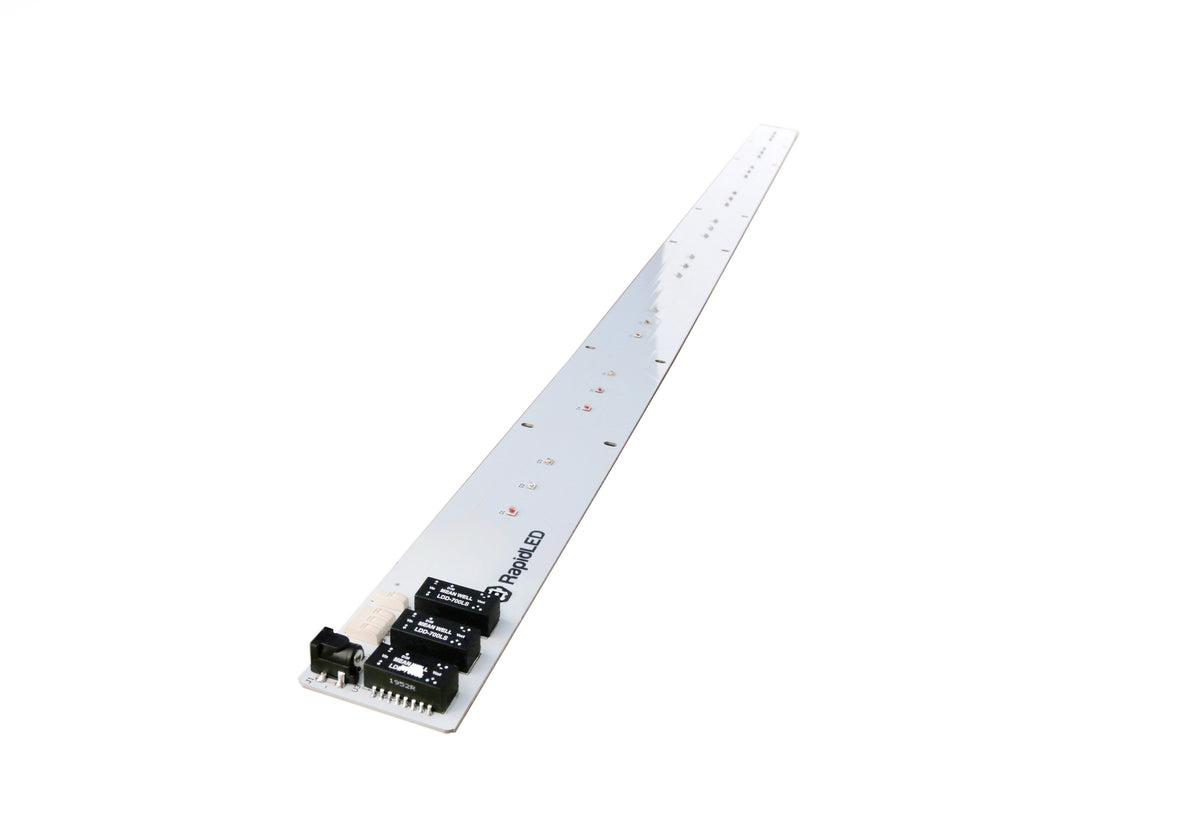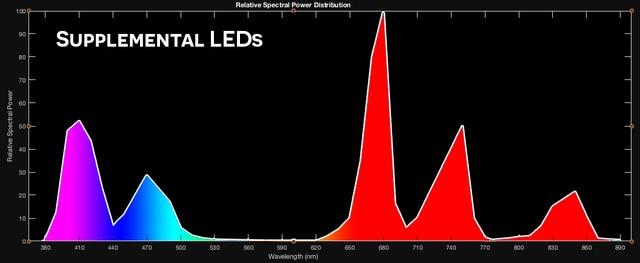I too have noticed things like this growing in a cold basement in the winter. I have been looking into both base board heating and or sub flooring my areas. Each comes with costs as far as new breakers and potentially a new box being installed and or losing precious inches of height. I have started to steer against seedling mats but I bet one hooked up to an inkbird sensor or similar might work? But even then you are only getting a reading on one particular plant.
Don't worry about it. You'll get even temps across your floor. You won't lose much in the way of height either. Maybe an inch total. And no need for breakers unless you're heating commercial sized floors.
You can go two ways about it
Google `decoupling membrane` and` xps sheets` all you need is 6mm unless you're dealing with ice flooring. Push the boat out and get 10mm if you want. Still only a centimetre.
Put your sheets down then your membrane, takes all of 5 minutes.
Lay your heating cable into the membrane notches ( how close you space the cable determines the watts per square metre/yard, I find 100w to easily get and maintain the bottom of my pots to 27c, which translates to middle rootzone temps of a nice 20c+ ) Then put yourself some basic covering over it. I use flexi trays and stick them over some boards.
Or you can get the underfloor heating which rolls out as a mat. Just roll that out over your insulation boards and your trays on top.
You can even skip the insulation boards altogether, although you'll lose efficiency of the system, but it'll still get the job done. If your floors are very cold, don't skip it.
Then hook your plug up to your inkbird and get a thermometer (I use a food probe) and put it into the middle of the rootball. Set your inkbird probe under the pot and then to whatever temp it takes to keep the centre nice and warm.
Depending on your space, it can be a 5 minute job. If you're in a tent, it goes down in seconds.
In winter, it's the best upgrade you can make to your environment. Simple as that.


